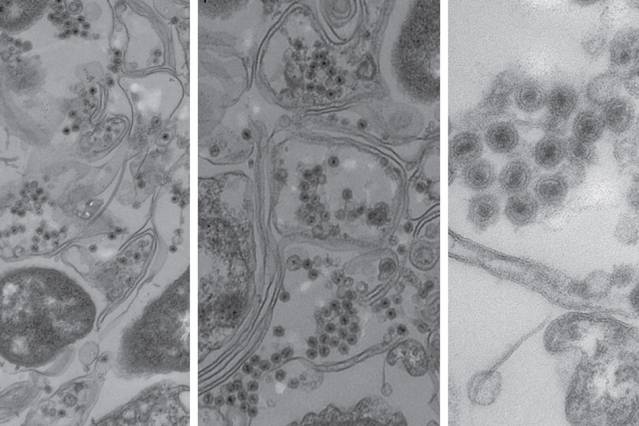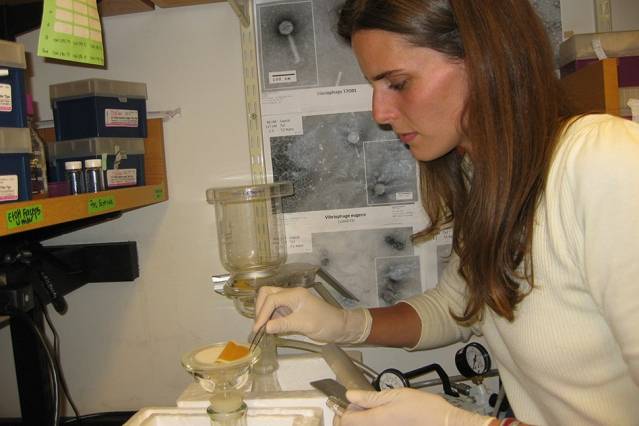Researchers from MIT and Albert Einstein College of Medicine have discovered a new type of virus that dominates water samples taken from the ocean but has long escaped analysis because its characteristics are not detected by standard tests.
The newly identified viruses have long been missed by previous studies due several unusual properties including a lack of “tail” found on most catalogued and sequenced bacterial viruses.
This research, supported by the National Science Foundation and the Woods Hole Oceanographic Institution’s Ocean Ventures Fund, “opens new avenues for furthering our understanding of the roles of viruses in the ocean,” said Jed Fuhrman, the McCulloch-Crosby Chair of Marine Biology at the University of Southern California, who was not involved in this work.
“In a practical sense, it also shows how we need to alter some commonly used methods in order to capture these kinds of viruses for various studies,” Fuhrman told the MIT News Office, “I’d say it is an important advance in the field.”
Researchers also stated that the discovery will provide a key missing link in virus evolution and play an important role in regulating bacterial populations.
















